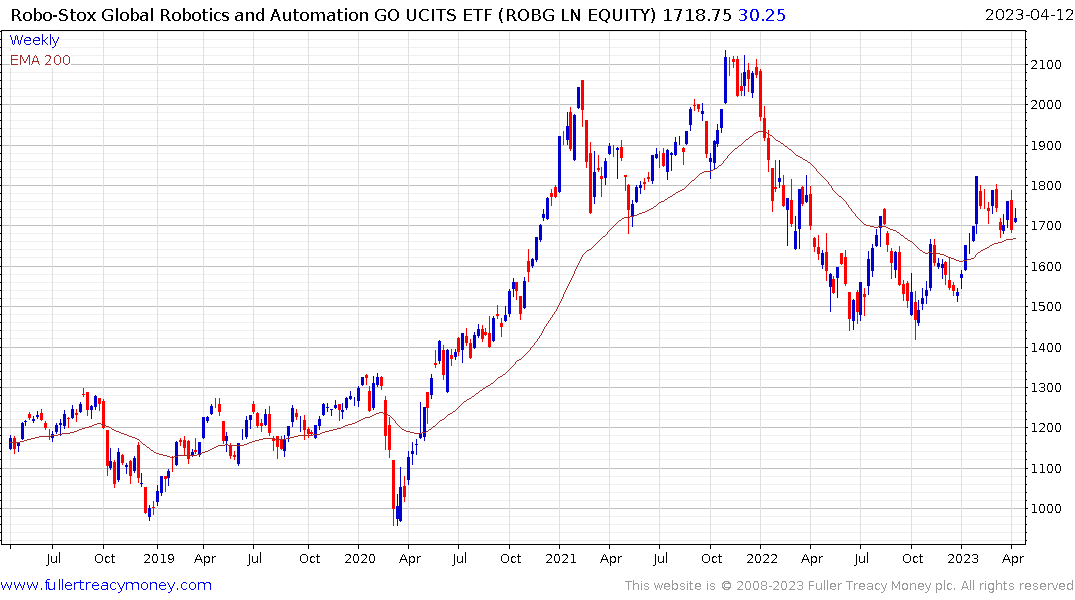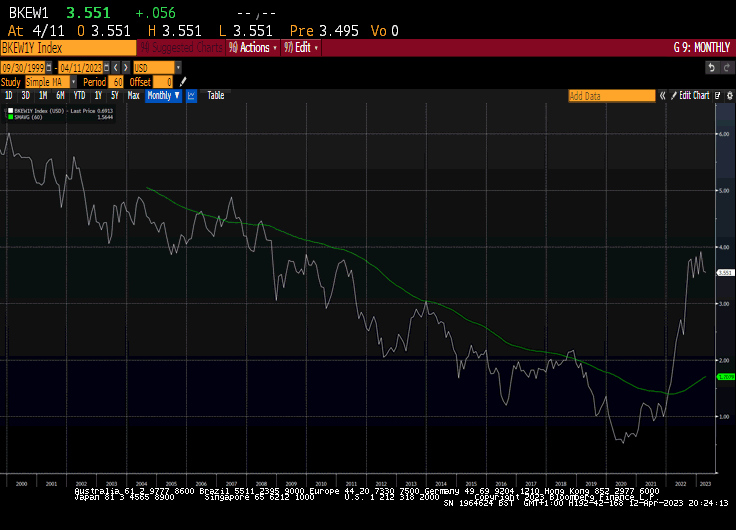Visualizing the World's Plummeting Fertility Rate
This article from Visual Capitalist may be of interest. Here is a section:
The African country of Niger currently has the highest fertility rate, at 6.9, which means on average, a woman in Niger will have seven children in her lifetime.
With the exception of Afghanistan (14th), all of the top 30 countries are found on the African continent. In fact, it’s estimated that Africa will add 2.5 billion new people by 2100, while most continents will actually flatline in terms of population growth.
At the bottom of the rankings, the country with the lowest fertility rate is South Korea, at 0.84.
Interestingly, many of the current most populous countries of the world—including China, India, and the U.S.—are all below replacement levels of fertility, with parts of Europe and North America having had persistently low fertility levels since the 1970s.
I’m from a relatively large family. I had five siblings. I remember my mother saying “after the third, the older ones look after the younger ones” That confirms the existence of a child care efficiency ratio implied in larger families.
That’s lost when families are smaller and older generations are dispersed. In fact, the fewer children a family has the higher the cost because hopes for the future are poured into enhancing that child’s competitive edge. That can involve paying for tutors, sports, music, schools, better neighbourhoods etc.
Public education was most effective when the ratio of children to adults was highest in the most developed economies. As the cost of child rearing increases, public education is less of a priority and competition due to concentration increases.
That gels with the collapse in fertility rates seen in most developed countries. As soon as living standards improve and more women receive education, fertility rates don’t just ease, they collapse. 20 years after the breakdown, fertility rates in South Korea, Japan, Italy and the UK were as much as 80% below the previous norm. No country has successfully raised fertility rates after that collapse.
That suggests the peak in population growth is likely to be sooner than many UN forecasts predict. For example, Egypt’s fertility has halved since 1980. The primary driver of population growth at present is rising life expectancy. Antibiotic resistance is already an inhibiting factor for life expectancy in India while drug abuse and obesity are contributing to lower life spans in the USA.
 There are several ways of thinking about these trends. The first is demand for more automation. The ROBO Global Robotics & Automation ETF continues to firm from the region of the 200-day MA.
There are several ways of thinking about these trends. The first is demand for more automation. The ROBO Global Robotics & Automation ETF continues to firm from the region of the 200-day MA.
The second is high wages demands are unlikely to recede. The last is technological innovation towards artificial wombs is likely to try and support the efforts of families to have children but that will not influence the cost of baby care unless we really are in a matrix-like reality.

That suggests the long-term view will be for a post growth environment which supports the secular stagnation theme. The trajectory of bond yields will reflect that argument in due course but perhaps not until the 2030s. The global average yield surged in 2022 to break the long-term downtrend. It is currently pausing below 4% but a sustained move below 2% would be required to question the supply dominated environment.


